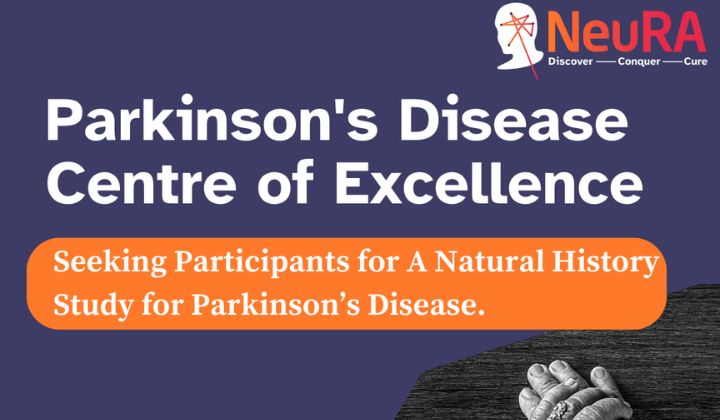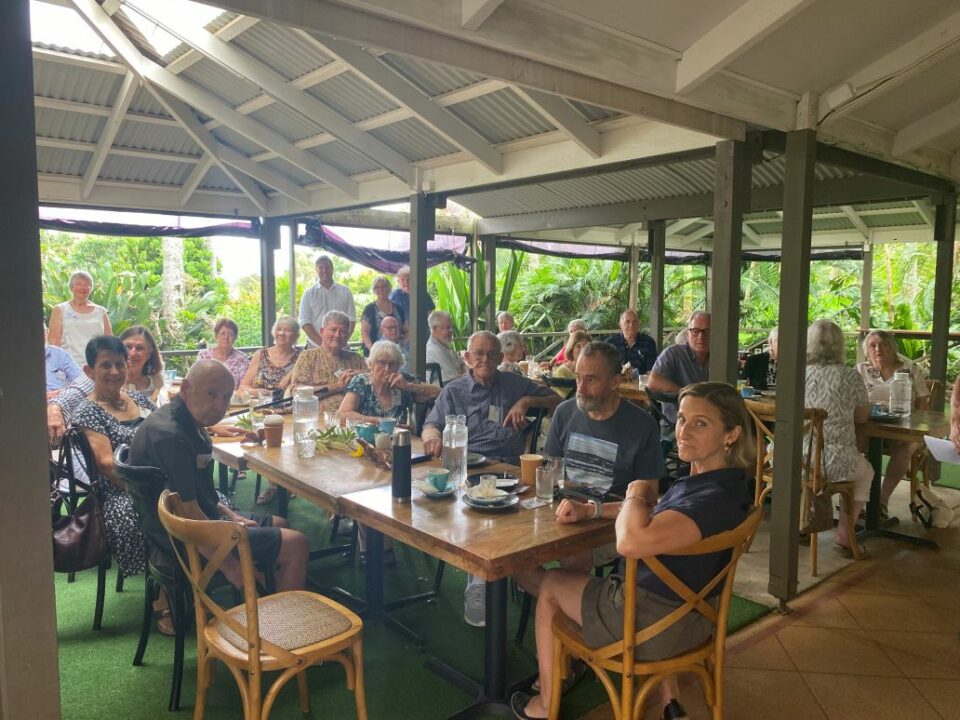$30 million grant for Parkinson’s medical research
Support Group Conference 2018
26th May 2020Exercise cuts Parkinson’s risk for men
26th May 2020$30 million grant for Parkinson’s medical research
$30 million grant for Parkinson’s medical research
Australian Government grant of $30 million for Parkinson’s medical research
The Facts
- On 30 January Federal Health Minister Greg Hunt announced funding of $30 million for a five-year research program to evaluate the effectiveness of existing drugs in treating Parkinson’s.
- The drug trial funding has been granted to the Australian Parkinson’s Mission (APM) – a collaboration between Garvan Institute, Parkinson’s Australia, Shake it Up, MJ Fox Foundation and the Cure Parkinson’s Trust UK.
- Associate Professor Antony Cooper of the Garvan Institute of Medical Research will lead the research program.
- The clinical trials will be led by neurologist Professor Simon Lewis who spoke at the 2018 Parkinsons NSW Support Group Conference.
- The trials will assign 300 patients to randomly receive existing drugs for diabetes, asthma, cardiovascular disease, a supplement or placebo.
- These drugs have been approved to treat other conditions but have also demonstrated neuroprotective effects in preclinical experiments.
- By using drugs that have already passed rigorous safety and toxicology trials, the Mission aims to cut the time for a potential treatment to move from the laboratory to clinical trials and to the patient.
- About 1000 patients will be involved over five years. Patient recruitment will begin in mid-2019 in Queensland, Victoria and NSW, and then roll out to other states.
- Trials will begin with patients from capital cities, then extend to regional Australia where possible.
Parkinson’s NSW welcomes Australian investment in Parkinson’s research
While we are not directly involved in the Australian Parkinson’s Mission, we welcome any Australian investment in Parkinson’s research.
We are particularly pleased that the research program will be led by Associate Professor Antony Cooper. Last year Parkinson’s NSW awarded him a grant of $100,000 for his work on blood RNA biomarkers to measure the progression of Parkinson’s.
Blood biomarkers will now be used to track the severity of Parkinson’s symptoms in participants taking existing drugs during the clinical trials.
Trials on repurposing drugs for the treatment of Parkinson’s are already underway overseas, so it will be useful to compare Australian results with what has been achieved in other countries.
While the focus on finding a cure for Parkinson’s is positive, we should also continue to focus on the needs of people already living with the disease – particularly on improving their quality of life.
While doing this, we also need to address the significant gap between rural communities and metropolitan centres in terms of in health outcomes for people living with Parkinson’s.
It is worth remembering that the prevalence of Parkinson’s in the community is greater than that of breast and prostate cancer combined. This needs to be recognised and funding allocated accordingly.
Want to know more?
Contact Parkinson’s NSW on 1800 644 189
Visit the Australian Parkinson’s Mission website
View the Australian Government media release
Watch the announcement of the Federal Funding and the collaboration below



